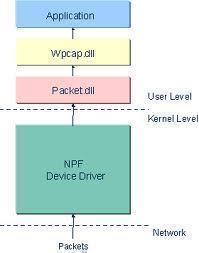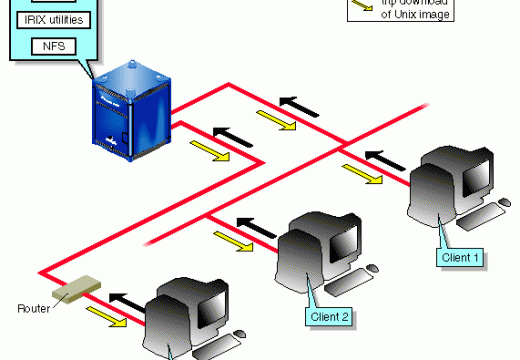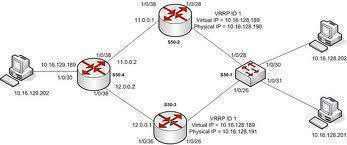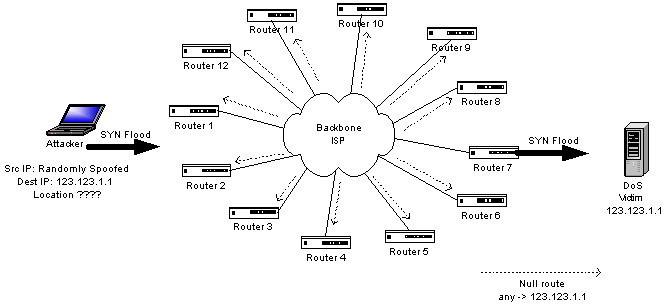PCAP (Packet Capture) is a protocol for wireless Internet communication that allows a computer or device to receive incoming radio signals from another device and convert those signals into usable information. It allows a wireless device to convert information into radio signals in order to transfer them to another device. PCAP runs in the background of all wireless devices and plays a critical role in wireless communication, though it is seldom recognized. It has many uses and millions of computer users around the world use it daily.
How PCAP Works
PCAP and WinPcap, the Windows-based equivalent of PCAP, provide the majority of background support for most commercial wireless programs. PCAP essentially converts digital information into radio signals, referred to as packets, by using a specific algorithm. An external computer or wireless device can then receive and convert those packets back into usable information by decoding radio signals with the same algorithm. PCAP also provides security for a wireless network by scrambling radio signals with additional algorithms.
Applications
PCAP allows wireless devices to communicate with each other. Without this property, the Internet would not be as accessible as it is. This is because all wireless devices, including laptop computers, desktop computers with wireless adapters, cell phones, PDAs, wireless printers, wireless fax machines, etc., depend on data packets to transfer information. PCAP can be used as a protocol analyzer, network monitor, traffic generator, network tester, or network intrusion detection system.
Advantages
PCAP is very easy to use and is compatible with a wide variety of programs. In fact, PCAP is used as the framework for more than a dozen different packet capturing programs. PCAP can handle both incoming and outgoing data packets and both Linux and Windows can use it.
Disadvantages
For those who understand computer engineering, PCAP is easy to use. Unfortunately, a beginner may find it difficult to understand. This is specifically because PCAP was written in C and does not directly support any wrappers for Java, NET languages, or scripting languages. However, such wrappers can be found through external sources.




Follow Us!